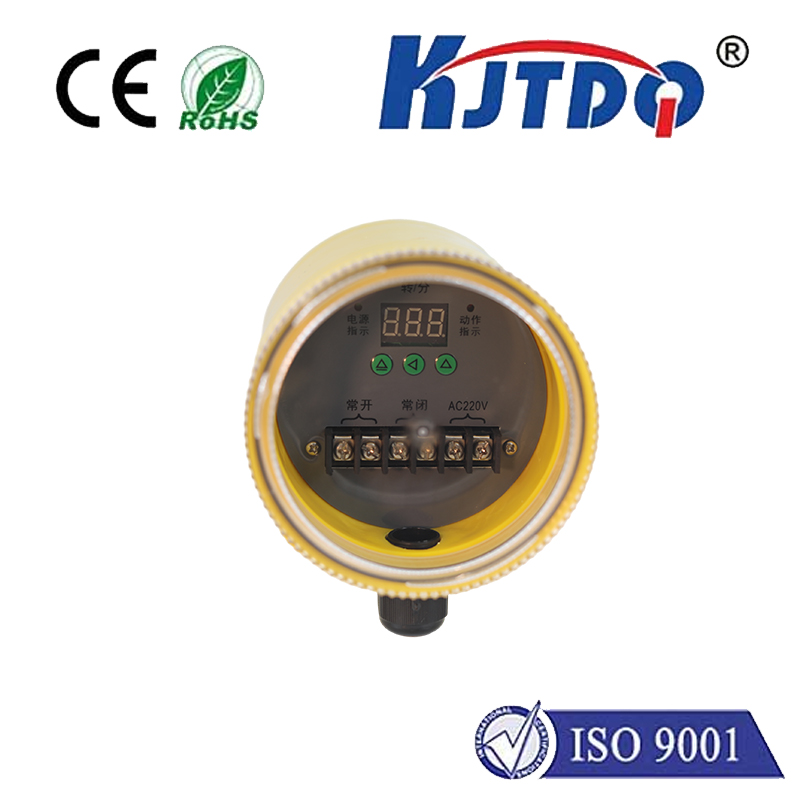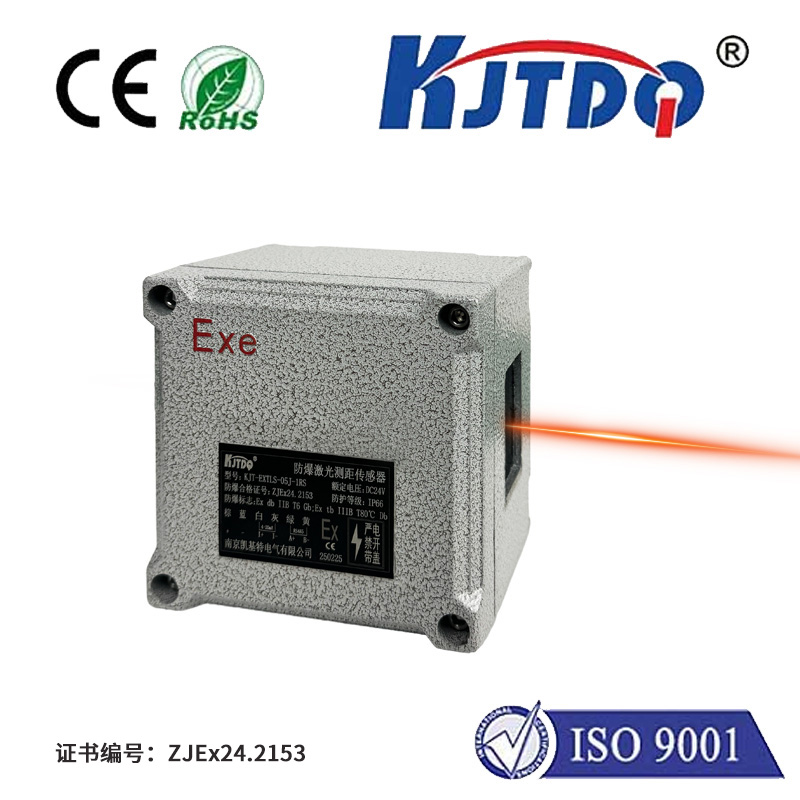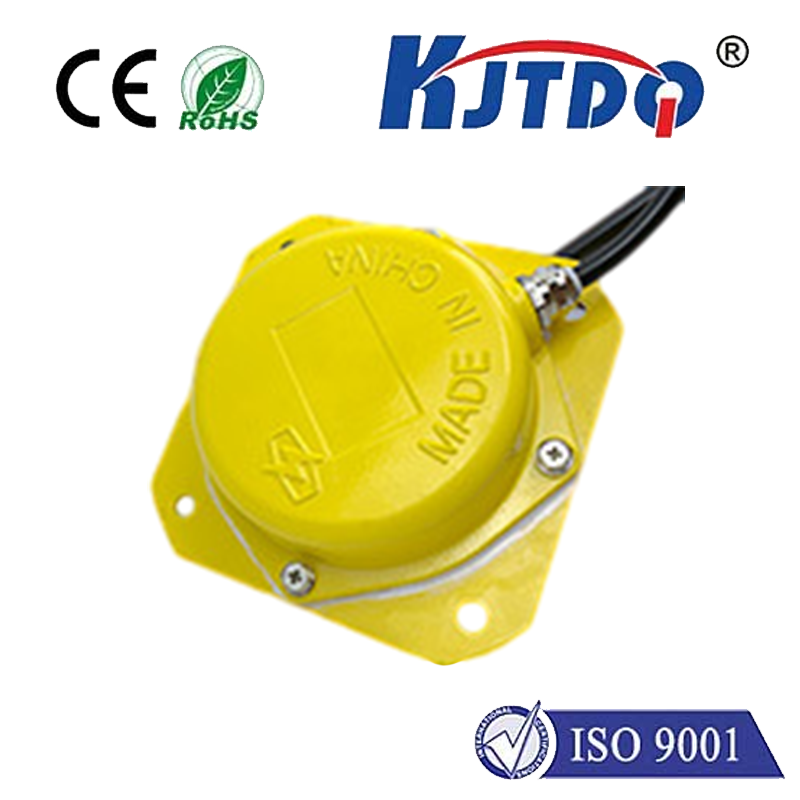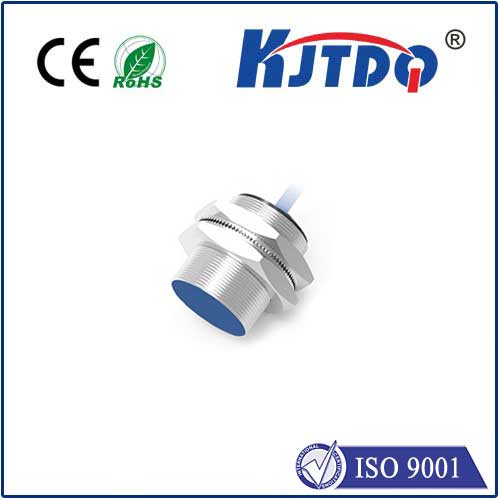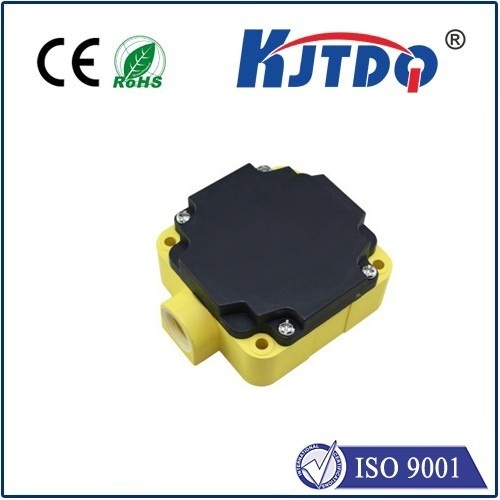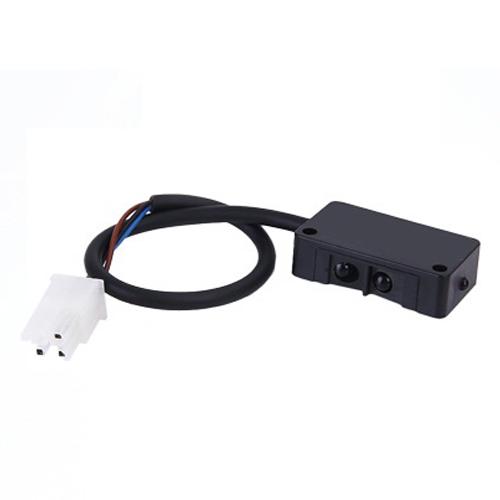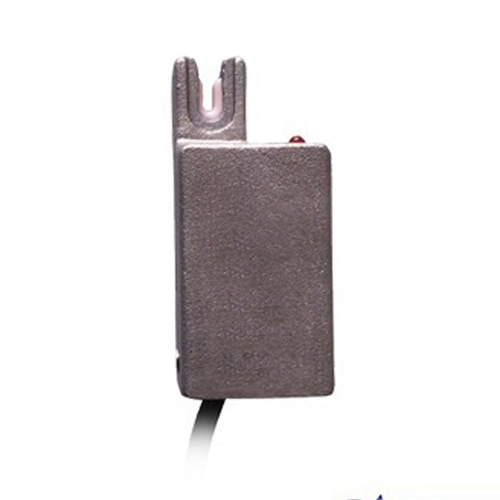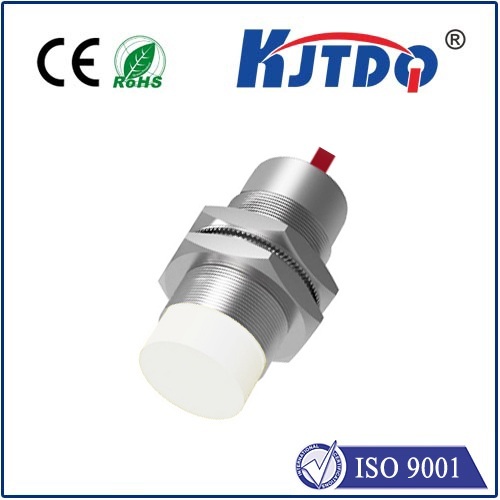

check

check

check

check
NI4-M12-AZ31: A Comprehensive Guide to the Advanced Alloy
The NI4-M12-AZ31 alloy represents a cutting-edge material designed for high-performance applications in industries such as aerospace, automotive, and energy. This alloy is engineered to deliver exceptional mechanical properties, including high strength, excellent corrosion resistance, and good thermal stability. Understanding the characteristics and applications of the NI4-M12-AZ31 alloy is essential for engineers and technicians working in advanced material science and industrial manufacturing.
The NI4-M12-AZ31 alloy is a magnesium-aluminum-zinc alloy, known for its excellent fatigue resistance and ability to maintain structural integrity under extreme conditions. It is typically used in components that require both durability and light weight, such as engine parts, structural members, and heat exchangers. The alloy’s composition is carefully balanced to ensure optimal performance in high-temperature environments, making it a preferred choice for aerospace and automotive applications.

One of the key features of the NI4-M12-AZ31 alloy is its superior mechanical strength. The alloy is composed of niobium, iron, and other elements that enhance its tensile strength and yield strength. This makes it suitable for applications where high load-bearing capacity is required, such as in the production of high-strength structural components. Additionally, the alloy exhibits good machinability, allowing for efficient manufacturing processes that reduce production costs and time.
Another important attribute of the NI4-M12-AZ31 alloy is its corrosion resistance. The alloy contains a combination of elements that provide excellent protection against oxidation and other forms of degradation. This makes it particularly useful in environments where exposure to moisture, heat, or other corrosive agents is common. The alloy is often used in marine applications, chemical processing plants, and other industrial settings where material longevity is crucial.
The performance of the NI4-M12-AZ31 alloy is further enhanced by its thermal stability. Unlike many other alloys, this material retains its mechanical properties even at high temperatures, making it suitable for use in heat-resistant components. This characteristic is especially valuable in applications involving high-temperature environments, such as in the combustion chambers of internal combustion engines or in the exhaust systems of gas turbines.
In terms of manufacturing, the NI4-M12-AZ31 alloy is typically produced through precision casting or forging processes. These methods allow for the creation of complex shapes and components with high dimensional accuracy. The alloy can be customized to meet specific application requirements, including variations in thickness, composition, and surface finish. This flexibility ensures that the alloy can be adapted to a wide range of industrial needs.
The benefits of using the NI4-M12-AZ31 alloy extend beyond its mechanical and corrosion-resistant properties. Its lightweight nature makes it an ideal choice for applications where reducing weight is a priority, such as in the design of fuel-efficient vehicles or lightweight structural components. The alloy’s high strength-to-weight ratio allows for the creation of components that are both strong and light, improving overall performance and efficiency.
In conclusion, the NI4-M12-AZ31 alloy is a versatile and high-performance material that offers a unique combination of mechanical strength, corrosion resistance, and thermal stability. Its applications span a wide range of industries, from aerospace to automotive and energy. As technology continues to advance, the demand for materials like the NI4-M12-AZ31 alloy is expected to grow, making it a critical component in the development of next-generation engineering solutions.

